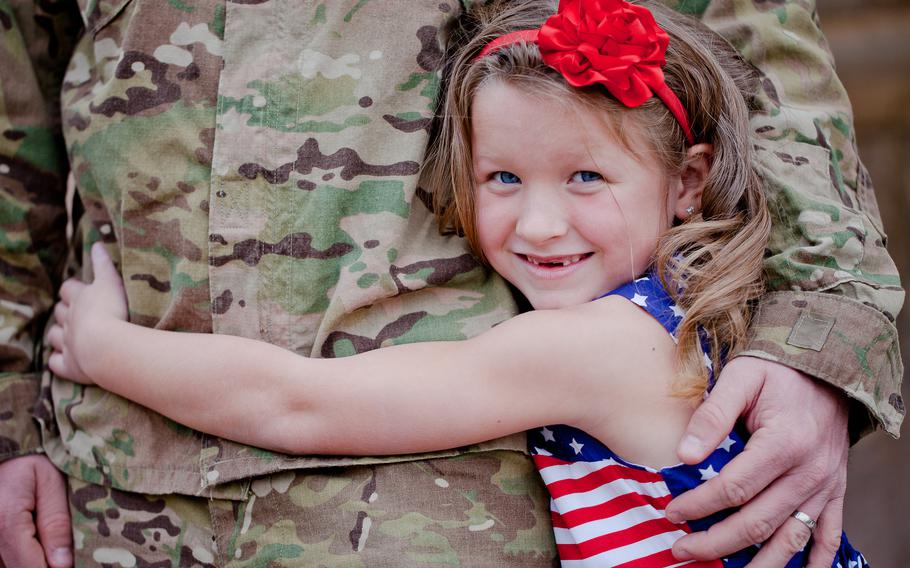
(iStock)
Our first child, Hayden, attended three middle schools and three high schools. His younger sisters had slightly better luck — Anna attended two middle schools and two high schools. Lilly, three middle schools and one high school. Such are the lives of Navy brats.
We always believed that, through it all, our children would build strength, character, worldliness and resilience, and for the most part, they did. What we didn’t know was that all that instability during adolescence would leave our son and daughters with some unwanted baggage as young adults.
When each of our three children were separately diagnosed with anxiety in their late teen years, my husband and I wondered, “Are we rotten parents?” And, we sometimes blamed each other for passing down “anxiety genes.”
However, a 2024 study involving one million people tells a surprisingly different story.
Scientists looked at the entire population of Denmark born between 1982 and 2003, analyzing them for evidence of two variables: poverty level and residential moves prior to the age of 15. Then, the scientists followed the one million 15-year-olds to see how their lives turned out.
The data showed that people who moved during childhood had a significantly higher risk (61 percent for those who moved more than once) of developing adult depression than those who did not move, regardless of whether they had experienced poverty as children. The study suggested that “a settled home environment in childhood may have a protective association against depression.”
Furthermore, in a related 2016 study of 1.5 million Danes, scientists found a clear association between childhood residential mobility and adult incidents of attempted suicide, violent criminality, psychiatric illness, substance misuse and unnatural deaths, “with elevation in risk being particularly marked if frequent residential change occurs during early/mid-adolescence.”
Although these studies didn’t address why moving during childhood increased the incidents of adult depression and other negative outcomes, study author Dr. Clive Sabel thought moving might disrupt “children’s social networks, requiring them to replace their friend groups, athletic teams and religious communities.”
Essentially, stability in childhood “is really, really important,” Dr. Sabel told The New York Times. but, what does this mean for military families, who can’t avoid moving without defying military orders?
In the National Military Family Association’s Military Teen Experience survey, one teen recently reported, “For some, moving is a fresh start. But for me, it feels like I’m forced to press the reset button every time I start to feel comfortable in my new environment. It’s as if life is slapping me across the face every time I start to smile.”
However, NMFA’s CEO, Besa Pinchotti, recommends that transitioning military families may take advantage of NMFA programs such as Bloom: Empowering the Military Teen, a youth leadership organization begun by two teens who had trouble coping after PCS moves. Bloom’s all-teen staff wrote a “Field Guide for Military Teens” to support military teenagers experiencing moves.
For younger kids, Besa recommends Sesame Street’s resources. “[B]oth Elmo and Rosita are military kids,” she says. “Younger military kids can feel safe in their moves as they go through the process with beloved characters they trust.”
Also, NMFA’s Operation Purple Camp free weekly online challenges and new Rosie Riveter STEM programs “help kids build stress tolerance and learn it’s OK for things to be hard first,” Besa says. “You wouldn’t think that we’re preparing kids for a military-mandated move when we have them figure out how to build a lava lamp, but that’s actually our goal. The first time they try, they’ll get it wrong. They’ll reach out to their friends at other tables, learn from them about what’s working, try again.”
For children who need more help, Besa suggests Military OneSource, Military Family Life Counselors, Cohen Veteran Network and BetterMynd to find counseling and other services aimed at helping kids work through PCS moves.
Besa’s most important message is to local communities: “Wherever you are, military families are there too. As they PCS with a parent to your town, please welcome them in your schools, your sports teams, your social gatherings. They need to know they’re in a community that cares about them, and we need your help to achieve that.”
Read more at themeatandpotatoesoflife.com and in Lisa’s book, “The Meat and Potatoes of Life: My True Lit Com.” Email: meatandpotatoesoflife@gmail.com